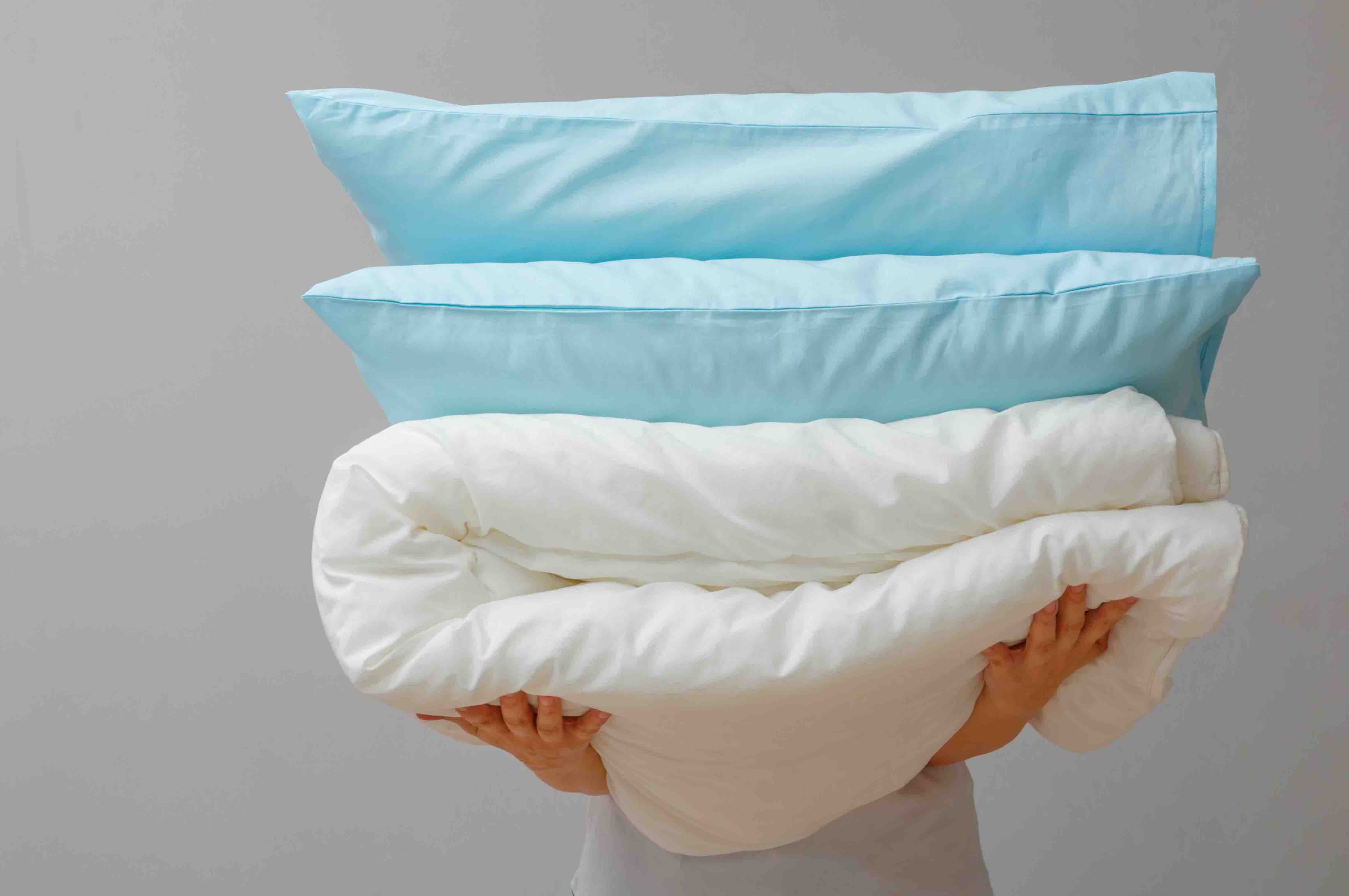

Articles
How To Wash Pillows
Modified: October 20, 2024
Learn how to wash pillows effectively with our informative articles. Discover expert tips and techniques for keeping your pillows clean and fresh.
(Many of the links in this article redirect to a specific reviewed product. Your purchase of these products through affiliate links helps to generate commission for Storables.com, at no extra cost. Learn more)
Introduction
When it comes to cleaning our bedding, we often focus on washing sheets and pillowcases, but what about our pillows themselves? Pillows play a crucial role in providing comfort and support while we sleep, but over time, they can accumulate dirt, sweat, and dead skin cells. Washing your pillows regularly is essential for maintaining hygiene and prolonging their lifespan. In this article, we will explore the importance of washing pillows, the different types of pillows, and step-by-step instructions for effectively cleaning them to ensure a clean and comfortable sleep environment.
Key Takeaways:
- Regularly washing your pillows is crucial for hygiene, allergy prevention, and extending their lifespan. Proper care and maintenance contribute to a clean and comfortable sleep environment.
- Different pillow types require specific washing methods. Handwashing and machine washing, along with proper drying and fluffing, ensure clean and fresh pillows for a restful slumber.
Read more: How To Bleach Pillows In A Washing Machine
Why Wash Pillows?
You may be wondering why it’s necessary to wash pillows when they are covered with pillowcases. While pillowcases do provide a protective barrier, they may not be enough to prevent the buildup of allergens, dust mites, and bacteria that can accumulate over time. Here are a few reasons why washing pillows is important:
- Hygiene: Pillows can harbor sweat, oil, and dead skin cells, creating an ideal environment for bacteria and dust mites. Regular washing helps maintain cleanliness and reduces the risk of allergies and skin irritations.
- Extend Pillow Lifespan: Washing pillows can help remove stains, odors, and debris that can accumulate over time, helping to extend the life of your pillows and ensure they remain comfortable and supportive.
- Allergy Prevention: Dust mites are a common allergen found in pillows. Washing your pillows with hot water helps to kill these microscopic creatures, reducing the risk of allergies and asthma symptoms.
- Improved Sleep Quality: Clean and fresh pillows contribute to a healthier sleep environment, promoting better sleep quality and overall well-being.
- Eliminate Odors: Over time, pillows can develop unpleasant odors due to sweat, oils, and accumulated dirt. Washing your pillows regularly can help eliminate these odors, leaving them fresh and clean.
Now that you understand the importance of washing pillows, let’s dive into the different types of pillows and the proper methods for washing each type to keep them clean and comfortable.
Types of Pillows
Pillows come in various shapes, sizes, and materials, each offering different levels of comfort and support. Here are some of the common types of pillows you may encounter:
- Down/Feather Pillows: These pillows are filled with the soft plumage found underneath the feathers of geese or ducks. They are known for their plushness and luxurious feel, providing excellent support and breathability.
- Synthetic Pillows: Made from synthetic materials such as polyester or memory foam, these pillows are hypoallergenic and offer good support. They are also easier to care for compared to natural-filled pillows.
- Memory Foam Pillows: These pillows contour to the shape of your head and neck, providing excellent support and pressure relief. They are known for their durability and ability to retain their shape over time.
- Latex Pillows: Latex pillows are made from natural or synthetic latex foam and offer a firm and supportive feel. They are hypoallergenic and resistant to dust mites and mold.
- Buckwheat Pillows: These pillows are filled with the hulls of buckwheat seeds, providing natural airflow and support. They can be adjusted by adding or removing hulls to suit individual preferences.
- Microbead Pillows: Filled with tiny polystyrene beads, these pillows offer a unique and firm support. They conform to the shape of your head and neck and provide excellent airflow.
Before washing your pillows, it’s important to check the care label or instructions provided by the manufacturer. Some pillows may have specific requirements or recommend dry cleaning rather than machine or hand washing. Now that we have an understanding of the different types of pillows, let’s move on to preparing for the washing process.
Preparing for Washing
Before you start washing your pillows, there are a few preparations you need to make to ensure a successful cleaning process. Follow these steps to prepare for washing your pillows:
- Read the Care Instructions: Check the care label or any instructions provided by the manufacturer on how to clean your pillows. Some pillows may have specific cleaning instructions, and it’s important to follow them to avoid damaging the pillows.
- Remove Pillowcases and Protectors: Take off any pillowcases, pillow protectors, or covers from your pillows. These should be washed separately according to their specific care instructions.
- Inspect for Damage: Before you proceed with washing, carefully inspect your pillows for any signs of damage, such as tears or loose seams. If you notice any damage, it’s best to have the pillow repaired or replace it if necessary.
- Check for Stains: Look for any stains on your pillows and pre-treat them if needed. Use a gentle stain remover or spot cleaner according to the product instructions. This will help to remove stubborn stains before washing.
- Clear the Washing Machine: If you’re planning to use a washing machine, make sure it’s clean and free of any clothes or debris. Clear out the machine to ensure it’s ready for washing your pillows.
- Gather the Necessary Supplies: Collect the supplies you’ll need for washing your pillows, such as mild detergent, bleach (if suitable for your pillow type), and fabric softener (optional). These will ensure a thorough and effective cleaning process.
Once you have completed these preparations, you’re ready to move on to the next step—checking the washing instructions for your pillows. This is crucial to ensure you use the appropriate cleaning method that won’t damage or ruin your pillows. Let’s explore how to check the washing instructions in the next section.
Checking Washing Instructions
Before washing your pillows, it’s important to check the washing instructions provided by the manufacturer. The care label or tag attached to your pillows will provide specific guidelines on how to clean them without causing damage. Here’s how to check and understand the washing instructions for your pillows:
- Locate the Care Label: Look for a care label or tag on your pillow. It is usually sewn onto the pillow cover or located on the inside seam. The label will provide information on the recommended cleaning method.
- Read the Symbols: Care labels often use symbols to represent the appropriate washing instructions. Here are some common symbols and their meanings:
- Machine Wash: A symbol resembling a washing machine indicates that the pillow can be machine washed.
- Hand Wash: A symbol resembling a hand signifies that the pillow should be hand washed.
- Do Not Wash: A cross symbol over a water tub indicates that the pillow should not be washed, and alternative cleaning methods may be required, such as dry cleaning.
- Temperature: A number inside a symbol representing water temperature indicates the maximum temperature that should be used for washing.
- Gentle Cycle: The presence of a double-lined or gentle cycle symbol suggests that the pillow should be washed on a gentle cycle setting.
- Bleach: A triangle symbol with or without a cross indicates whether bleach can be used or if it should be avoided.
- Follow Additional Instructions: Care labels may also include additional instructions, such as drying methods, whether to use fabric softener, or if the pillow can be ironed. Be sure to read and follow these instructions carefully.
It’s crucial to adhere to the manufacturer’s washing instructions to prevent shrinkage, deformation, or damage to your pillows. If the care label is missing or you’re uncertain about the suitable cleaning method, it’s best to err on the side of caution and proceed with a gentle hand wash. In the next sections, we’ll explore how to handwash and machine wash pillows depending on the care instructions.
To wash pillows, use a mild detergent and wash two at a time to balance the load. Add an extra rinse cycle to ensure all detergent is removed. Dry thoroughly on a low heat setting.
Handwashing Pillows
If the care label or washing instructions indicate that handwashing is the recommended method for cleaning your pillows, follow these steps to ensure a thorough and effective cleaning process:
- Fill a Basin or Sink: Fill a clean basin or sink with warm water. The temperature should be suitable for the type of pillow you’re washing, but generally, lukewarm water works well.
- Add Mild Detergent: Add a small amount of mild detergent to the water and mix it well to create a soapy solution.
- Submerge the Pillow: Place the pillow in the water and press it down gently to ensure it becomes fully submerged. Allow it to soak for a few minutes to loosen any dirt or debris.
- Gently Agitate: Use your hands to gently agitate the pillow in the soapy water. Pay attention to any stained or soiled areas and gently rub them with your fingers.
- Rinse: Drain the soapy water and refill the basin or sink with clean water. Submerge the pillow again and gently squeeze and rinse it to remove any remaining soap residue.
- Remove Excess Water: Gently press the pillow to remove excess water, being careful not to twist or wring it, as this can damage the shape and structure.
- Dry the Pillow: Lay the pillow flat on a clean, absorbent towel or place it on a drying rack in a well-ventilated area. Periodically fluff the pillow and flip it over to ensure even drying. Avoid direct sunlight, as it can cause discoloration.
- Ensure Complete Drying: It’s important to ensure that the pillow is completely dry before using or storing it. Depending on the pillow’s size and thickness, this may take a day or two. Ensure that there is no moisture left, as it can lead to mold or mildew growth.
Handwashing pillows allows for more precise control and gentle handling, making it suitable for delicate and sensitive pillow materials. However, if the care label permits machine washing, you can opt for that method, which we will discuss in the next section.
Machine Washing Pillows
If the care label or washing instructions indicate that machine washing is suitable for your pillows, follow these steps to ensure a proper and effective cleaning process:
- Check Pillow Fit: Before machine washing, ensure that your pillows fit comfortably in the machine without causing overcrowding. It’s best to wash pillows in pairs to maintain balance during the spin cycle.
- Select the Right Cycle: Set your washing machine to a gentle or delicate cycle with a cold or warm water temperature, depending on the care instructions. If you have a top-loading machine, consider using an agitator-free machine or placing the pillows vertically to prevent them from getting tangled.
- Add Mild Detergent: Add a small amount of mild laundry detergent to the washing machine. Avoid using bleach unless the care label specifically allows it.
- Start the Machine: Begin the washing cycle and allow it to complete, ensuring that the pillows are thoroughly washed and rinsed.
- Remove Excess Water: Once the washing cycle is finished, manually squeeze out excess water from the pillows. Avoid twisting or wringing, as it can damage the shape and structure of the pillows.
- Drying the Pillows: Place the pillows in a dryer with a few clean tennis balls or dryer balls to help fluff them and prevent clumping. Set the dryer to a low heat setting and tumble dry until the pillows are completely dry. Alternatively, you can air-dry them by laying them flat on a clean, dry surface in a well-ventilated area, flipping them occasionally to ensure even drying.
- Fluff and Test: Once the pillows are fully dry, give them a good fluff to restore their shape and loftiness. To ensure they are completely dry, press your hand into the pillow for a few seconds to check for any residual moisture. If you detect any dampness, continue drying until they are completely dry.
Machine washing can be a convenient method for cleaning pillows, especially if you have multiple pillows that need to be cleaned simultaneously. However, ensure that your pillows are suitable for machine washing by checking the care label and following the proper instructions. In the next section, we will discuss the drying process for pillows to ensure they are fresh, clean, and ready for use!
Drying Pillows
Properly drying your pillows after washing is essential to prevent mold, mildew, and unpleasant odors. Here are the steps to effectively dry your pillows:
- Maintain Gentle Heat: If using a dryer, set it to a low heat or delicate setting. High heat can damage or shrink the pillows, so it’s best to opt for a longer but gentler drying cycle.
- Use Tennis Balls or Dryer Balls: Adding a few clean tennis balls or dryer balls to the dryer helps to fluff the pillows and prevent them from clumping together. The balls create movement and separate the filling for more effective drying.
- Monitor the Drying Process: Check the pillows regularly during the drying cycle to ensure they are drying evenly. If you notice any lumps or clumps, gently fluff and redistribute the filling to ensure even drying.
- Consider Air-Drying: If you prefer air-drying or the care instructions recommend it, lay the pillows flat on a clean, dry surface in a well-ventilated area. Flip the pillows occasionally to facilitate even drying.
- Ensure Complete Drying: Regardless of the drying method you choose, it is crucial to ensure that the pillows are completely dry before using or storing them. Slightly damp pillows can lead to a buildup of moisture, resulting in mold or mildew growth. Press your hand on the surface of the pillow to check for any remaining dampness. If it feels dry and springy, the pillows are ready.
Proper drying is essential to maintain the shape, comfort, and freshness of your pillows. Make sure to follow these steps to ensure a thorough and effective drying process. In the final section, we will discuss the importance of fluffing your pillows and when it’s time to replace them.
Fluffing and Replacing Pillows
Fluffing your pillows regularly is essential to maintain their loftiness and ensure optimal comfort and support while sleeping. Follow these tips to fluff your pillows:
- Fluffing by Hand: Give your pillows a good fluff by vigorously shaking them and kneading the filling. This helps to distribute the filling evenly and restore their shape.
- Fluffing in the Dryer: If your pillows are suitable for machine drying, toss them into the dryer with a few clean tennis balls or dryer balls. Use a low heat setting and let the balls bounce around with the pillows to help restore their fluffiness.
- Rotate and Flip: Regularly rotate and flip your pillows to prevent uneven wear. This helps to maintain their shape and extend their lifespan.
While regular cleaning and fluffing can help extend the life of your pillows, it’s important to know when it’s time to replace them. Here are a few signs that indicate it’s time to get new pillows:
- Flattened or Lumpy: If your pillows have lost their shape and are permanently flattened or lumpy, it’s a good indication that they no longer provide adequate support.
- Visible Stains or Odors: If your pillows have persistent stains or unpleasant odors that cannot be removed through washing, it’s time to replace them for hygiene reasons.
- Allergies or Discomfort: If you experience allergies, discomfort, or a lack of support, even after cleaning and fluffing, it may be a sign that your pillows have deteriorated and are no longer suitable for use.
- Age: Pillows have a lifespan of about 1-2 years, depending on the quality and usage. If your pillows have served you well for this duration, it’s generally recommended to replace them to ensure optimal comfort and hygiene.
By following these tips for fluffing your pillows and knowing when to replace them, you can ensure a comfortable and restful slumber. Regularly cleaning and maintaining your pillows will contribute to a healthier sleep environment and prolong their lifespan.
Frequently Asked Questions about How To Wash Pillows
Was this page helpful?
At Storables.com, we guarantee accurate and reliable information. Our content, validated by Expert Board Contributors, is crafted following stringent Editorial Policies. We're committed to providing you with well-researched, expert-backed insights for all your informational needs.
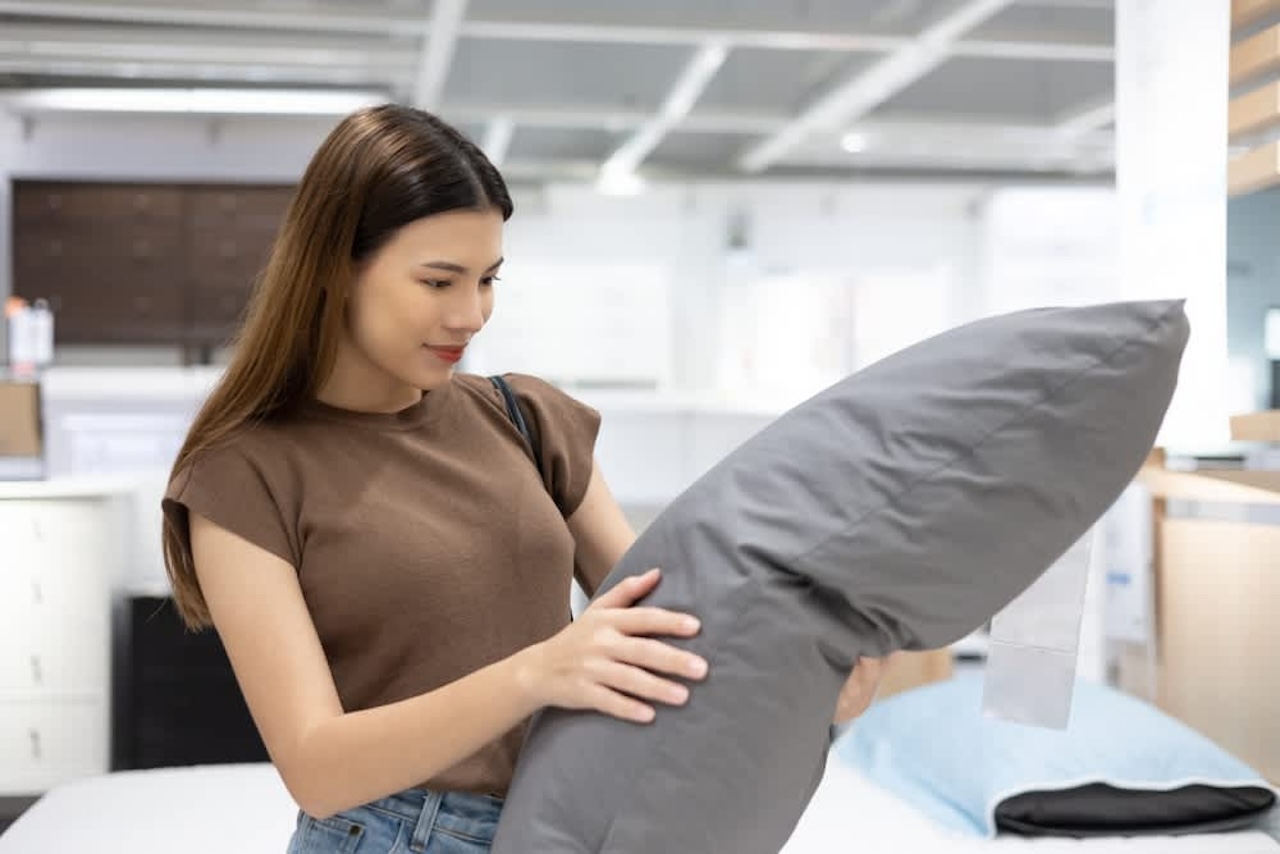
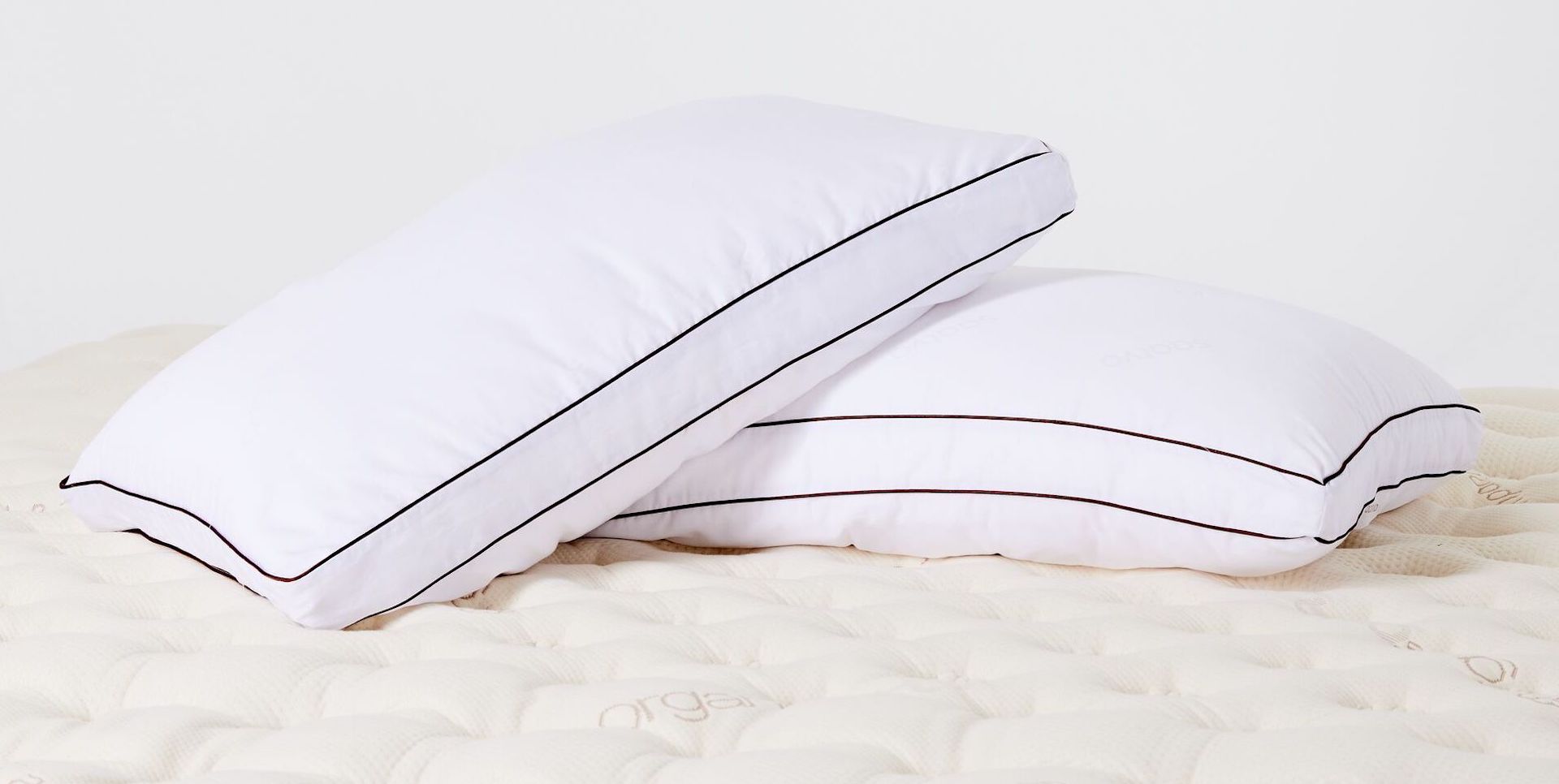
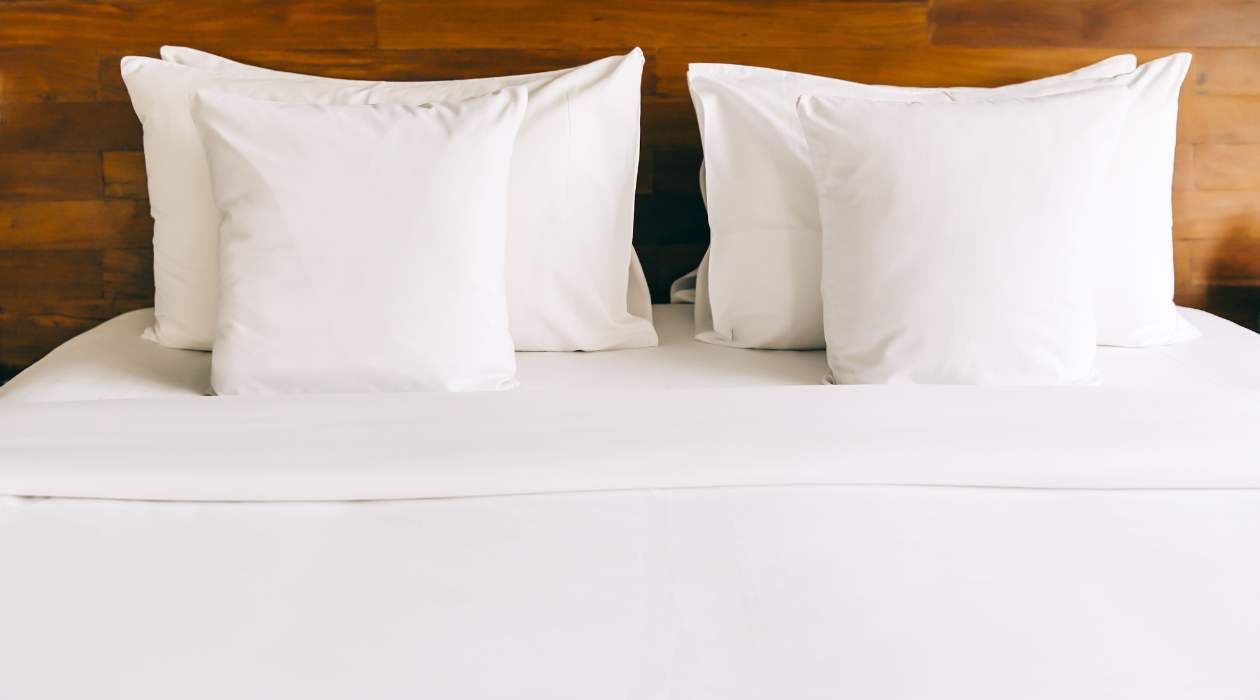
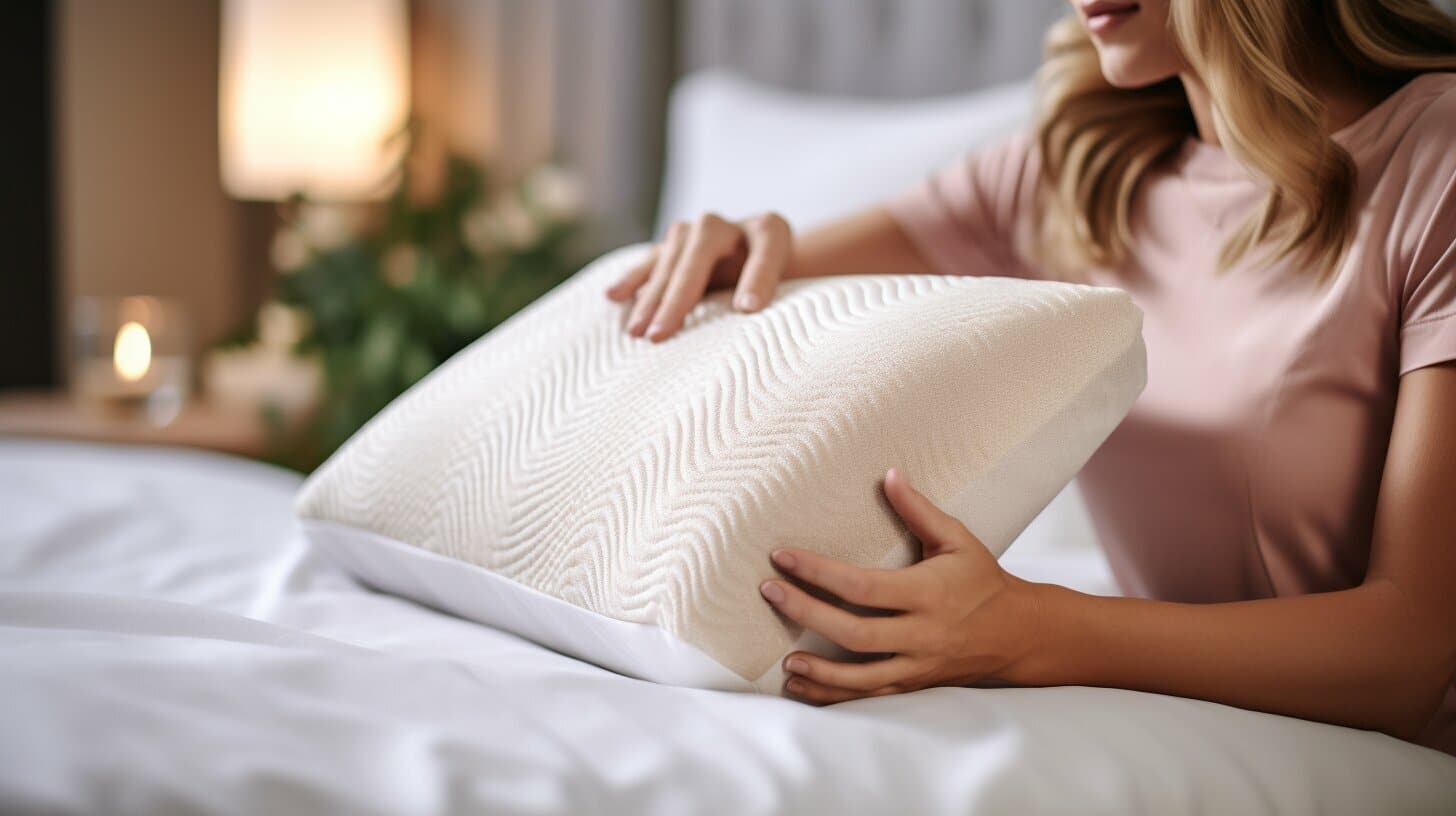

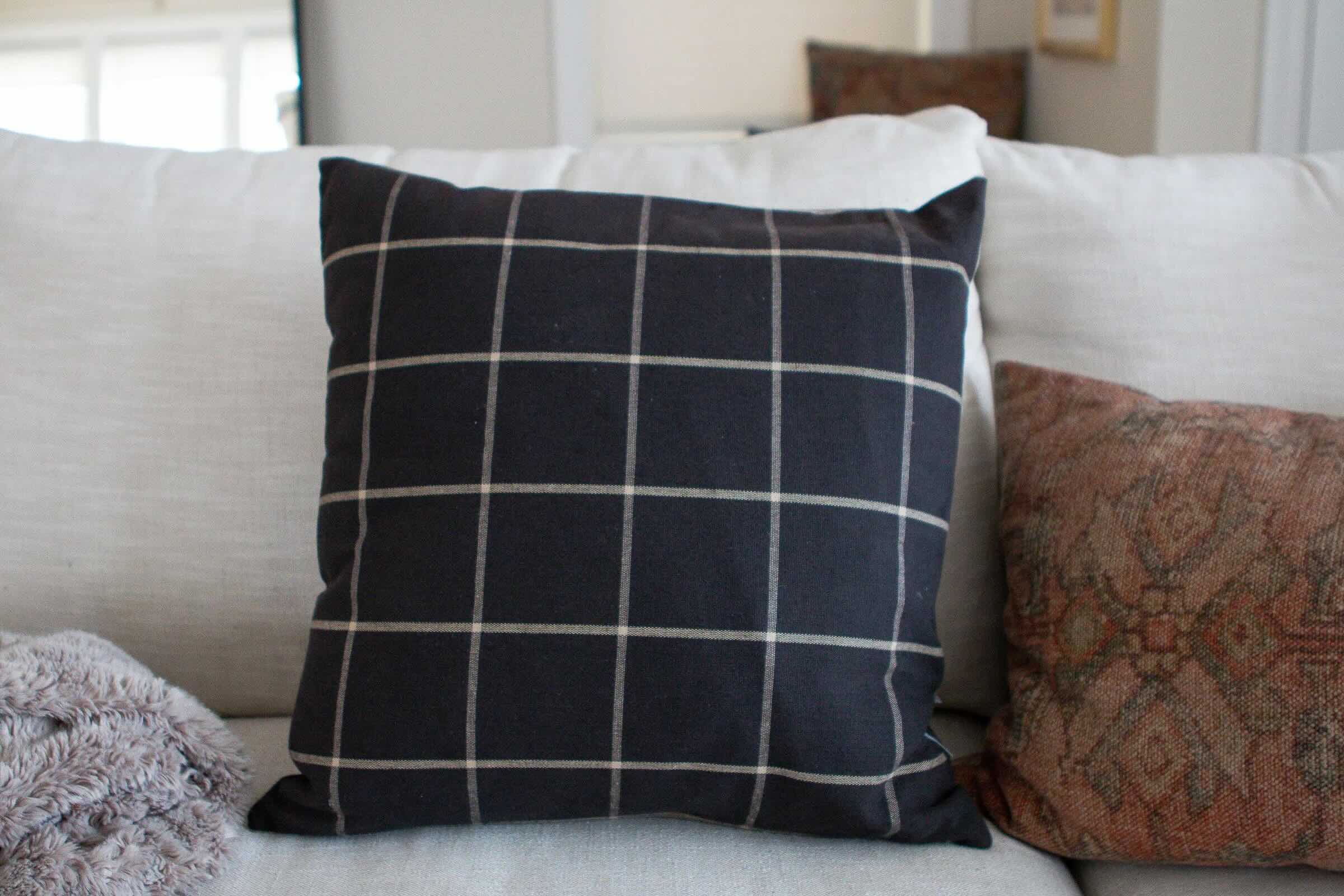
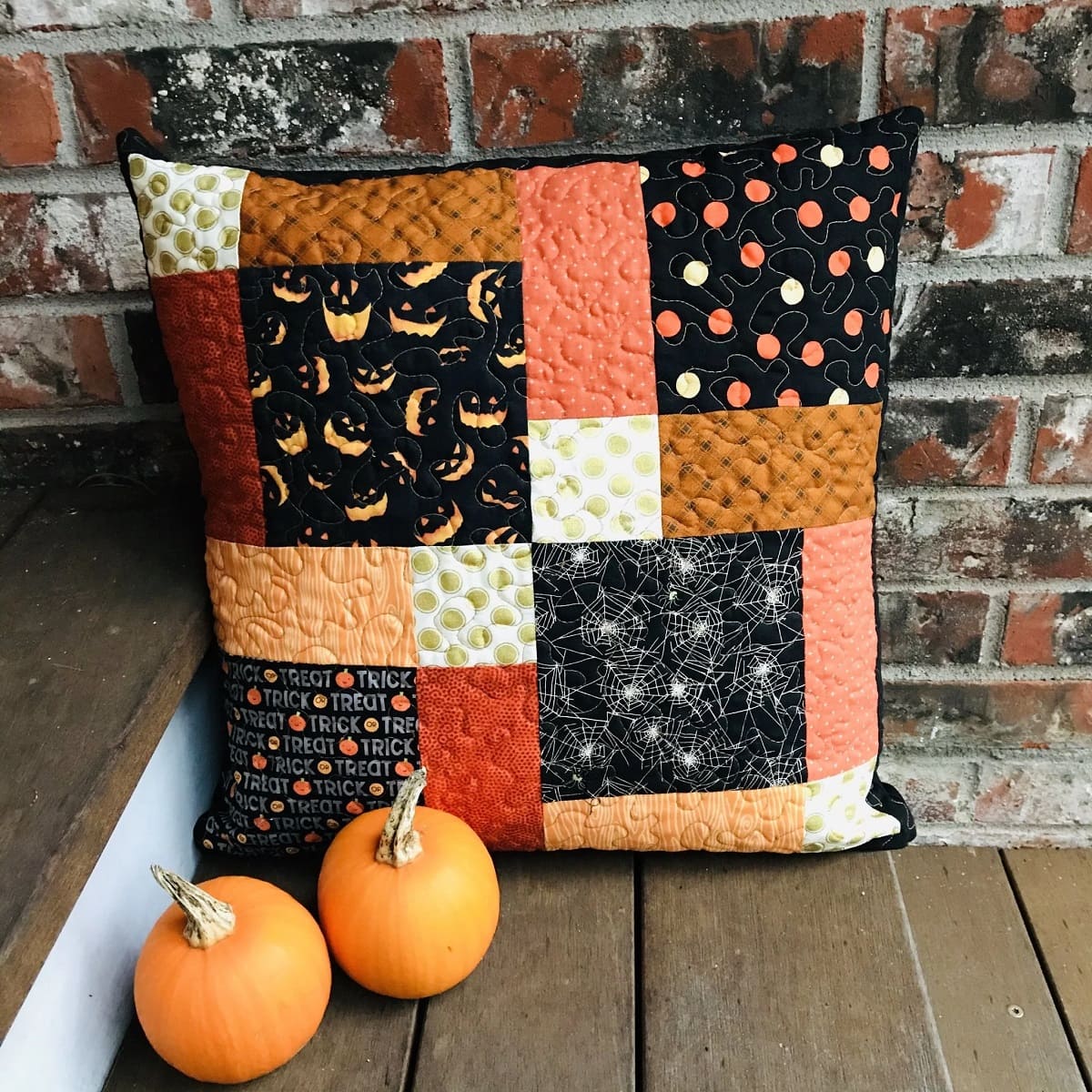
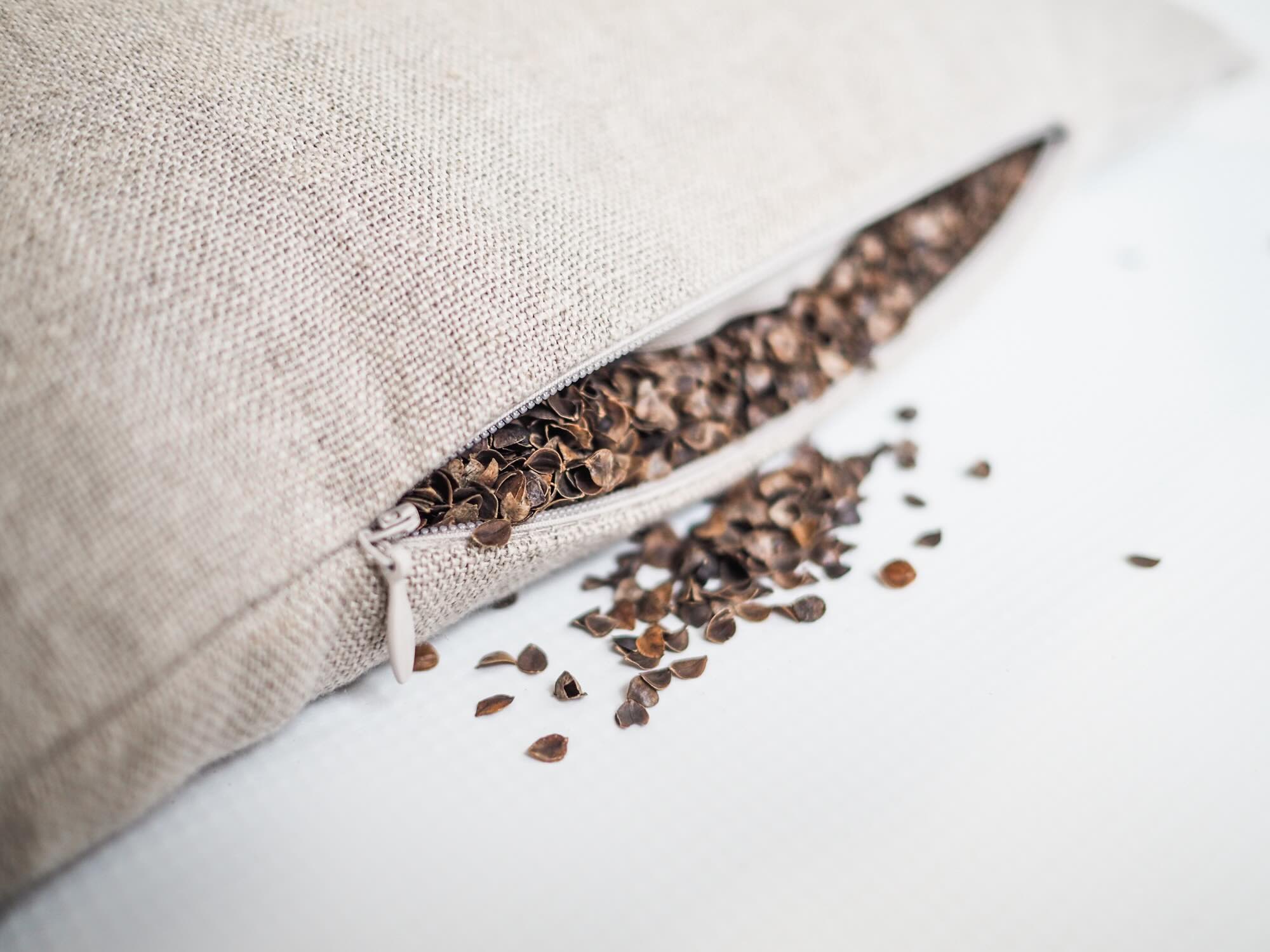
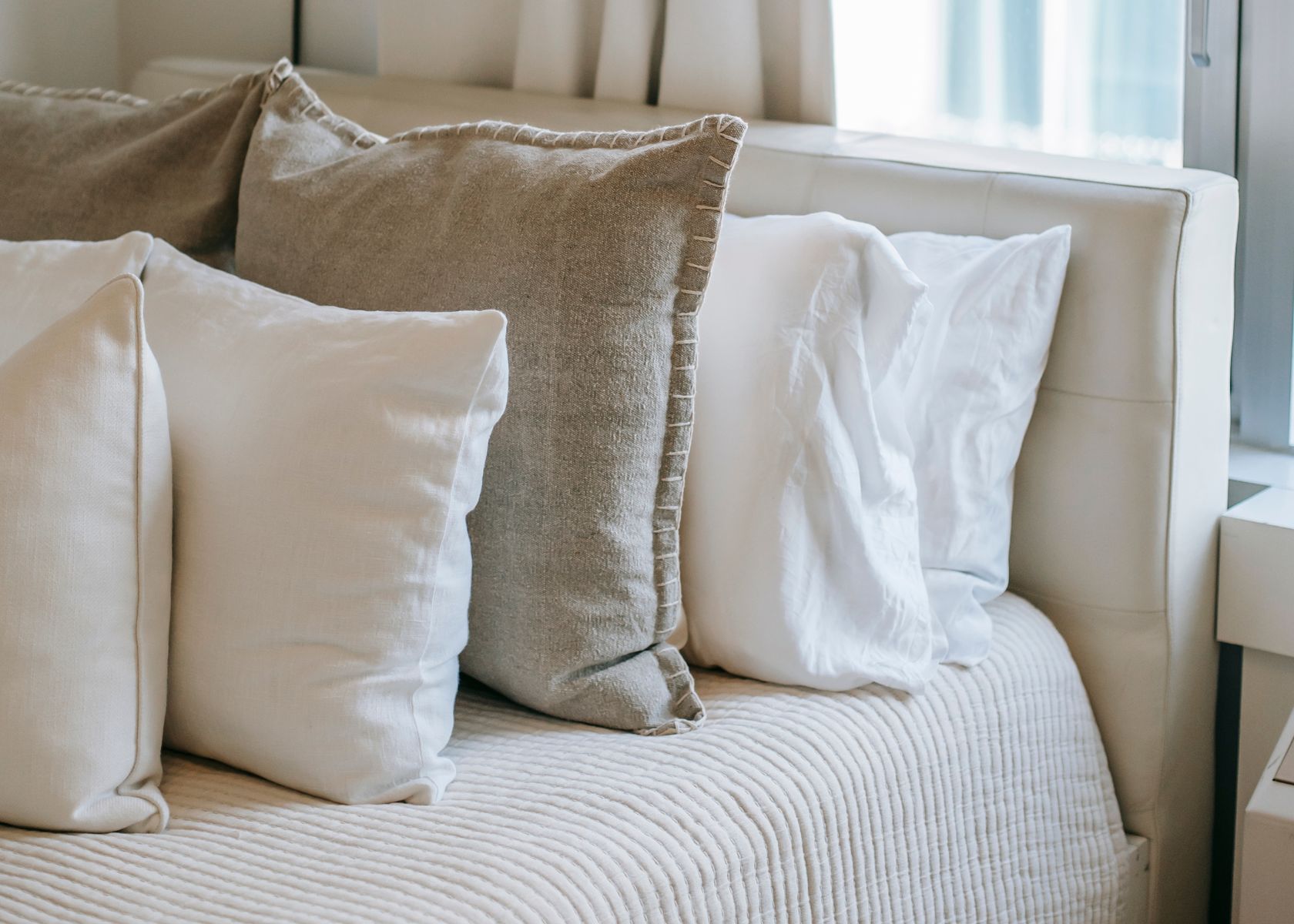
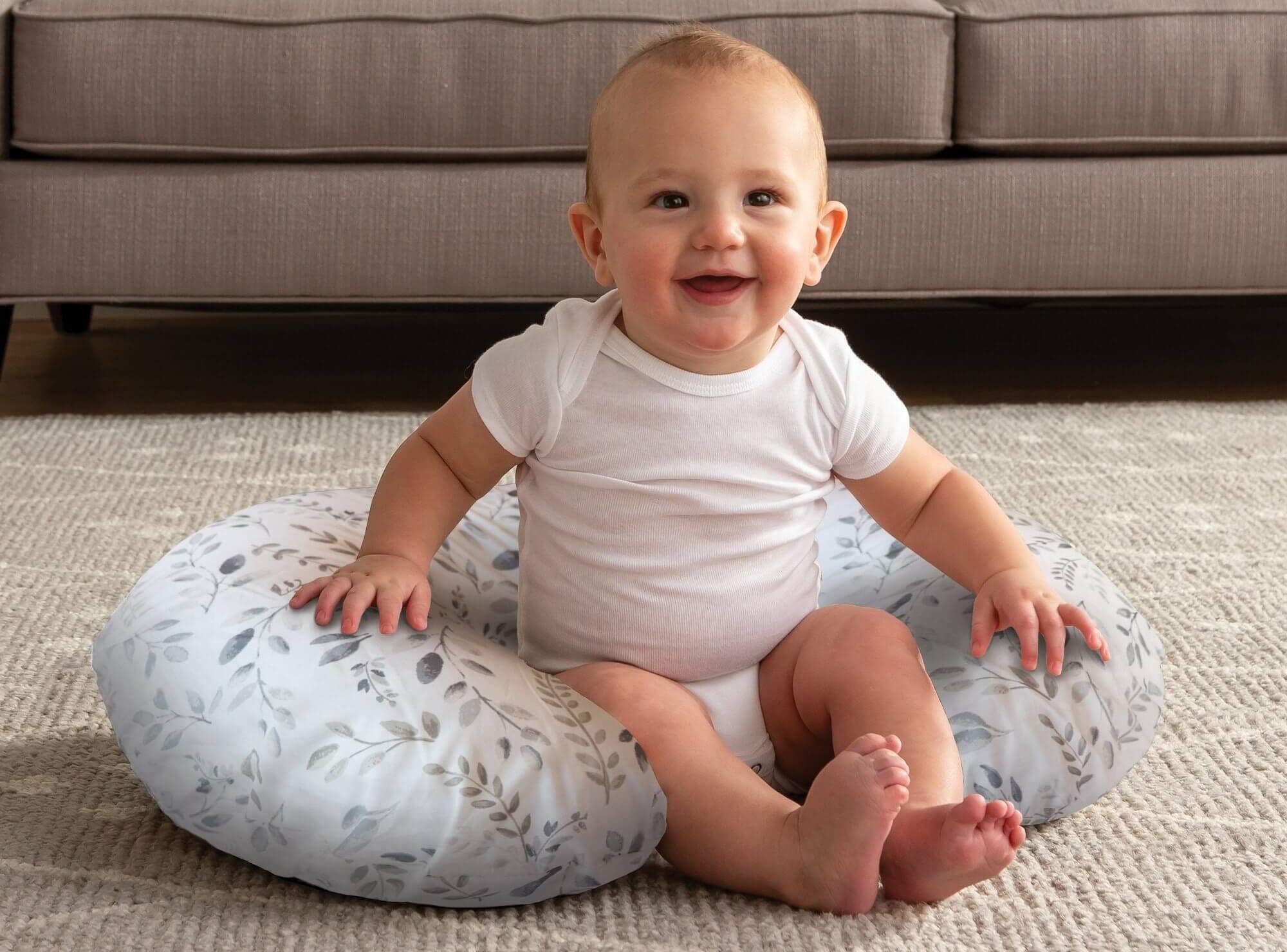
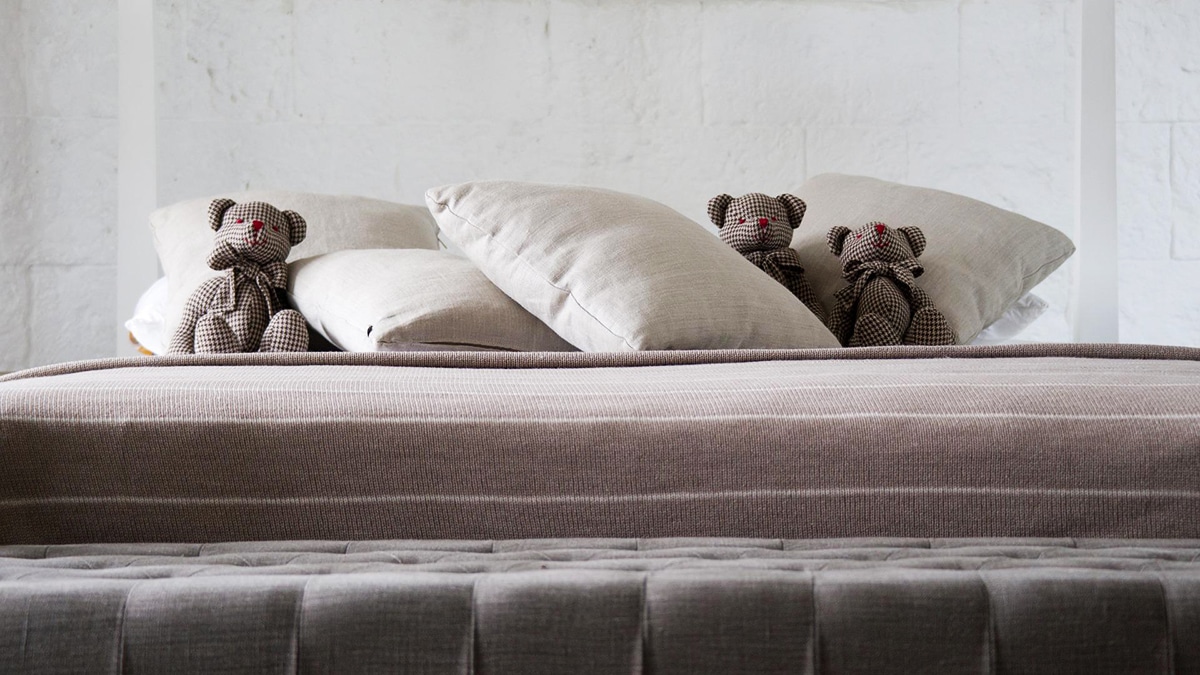
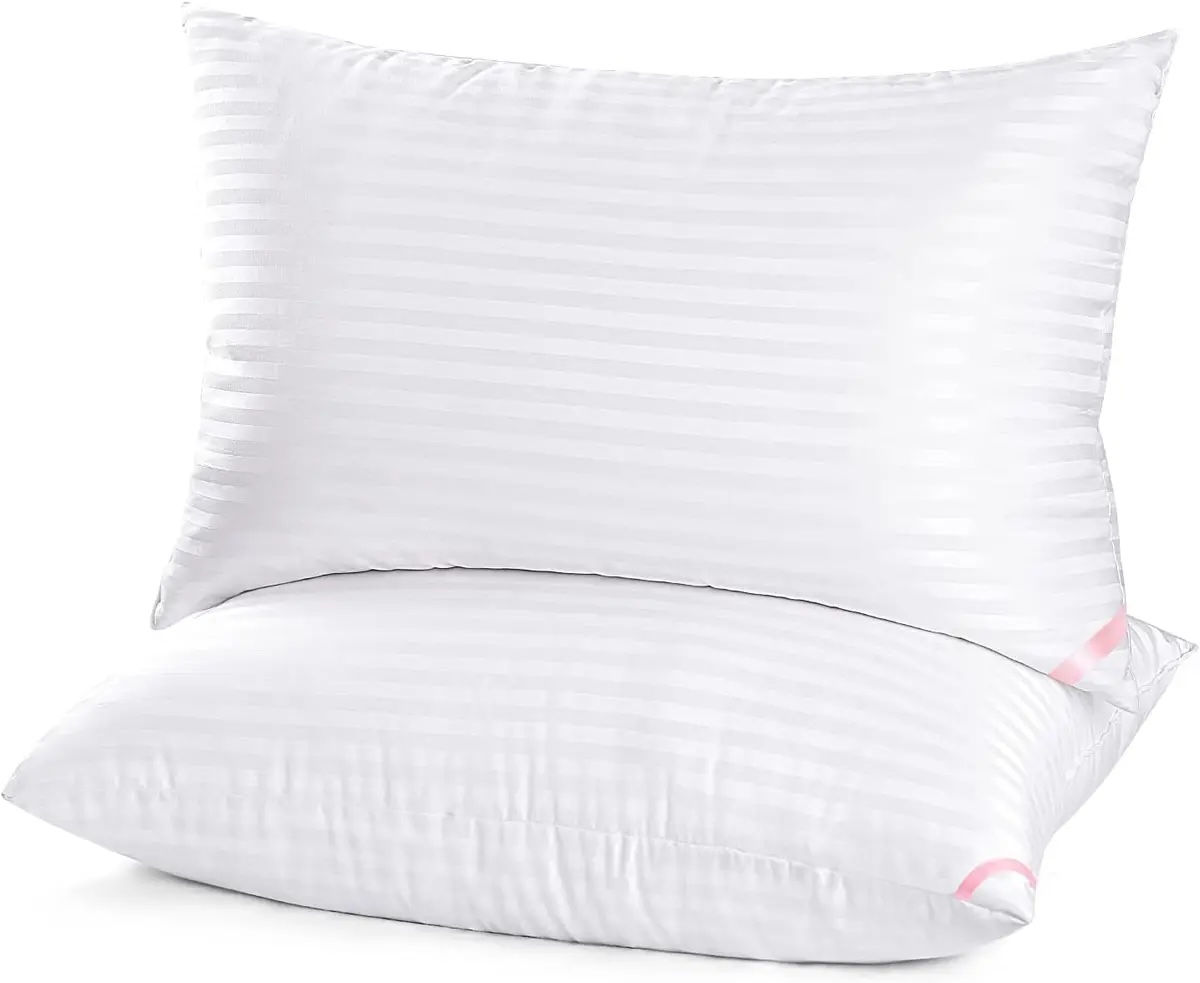

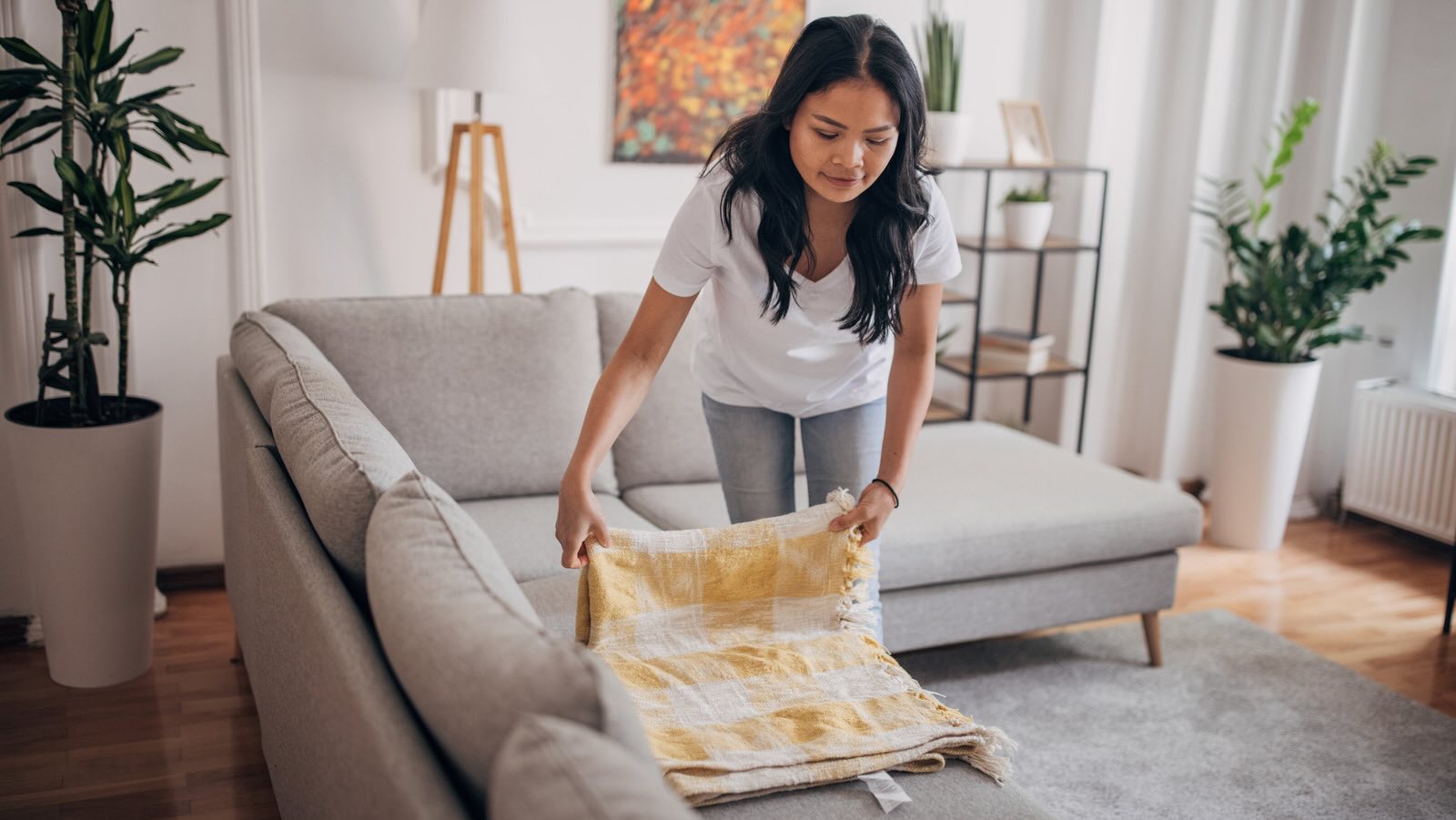

0 thoughts on “How To Wash Pillows”